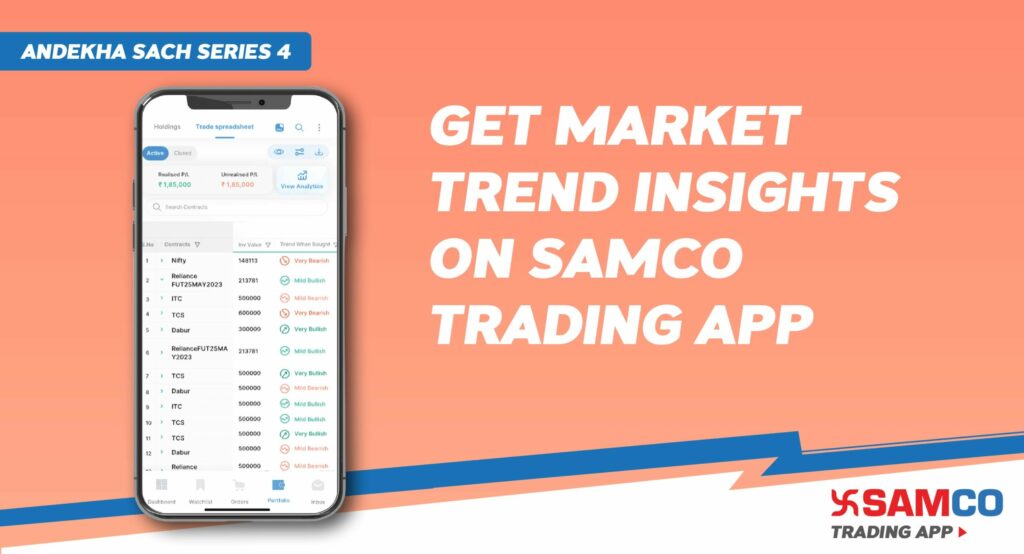The trading world can appear quite intricate and hectic, whether you’re a novice or an experienced investor. This is why contemporary online trading platforms & apps are striving to simplify market analysis and execution. They manage this by using their own powerful engines that meticulously analyze vast data volumes, translating them into easy-to-understand, practical insights. Rather than being overwhelmed with information, these apps enable traders to identify opportunities to which they can respond swiftly and easily.

So, how do these clever engines really function, and how can you utilize one to manage a demat account opening & improve your trading strategy? Follow a few basic steps, and these potent tools can give you the necessary signals to grab opportunities in the future currency pairs, commodities, options, and more in worldwide markets.
Understand How It Processes Information:
Sophisticated programming can sift through massive, instantaneous data streams and translate them into clear trading metrics displayed on a mobile or demat account app. These programs can handle millions of information bits every second, and with the use of artificial intelligence, they can develop an ever-evolving comprehension of the connections between assets, prices, news events, and more. This can help pinpoint intricate patterns amidst the clamor.
These unique engines do the hard work, so you don’t have to. What they produce are cues meant to help you spot fresh opportunities and risks with absolute clarity. This way, you can make important decisions quickly and with confidence.
Customize Signals to Your Trading Approach:
An advanced trading demat account offers a nice level of personalization, enabling traders to tweak the results to suit their unique objectives and plans. For instance, you might be able to configure automatic alerts for when the market hits certain conditions like price fluctuations, sudden increases in volume, or fresh price breaks for selected investments or batches.
Think about your comfort with risk, how long you typically hold investments, and your profit goals. Afterwards, set up signals that match your investing style; it could be a long-term building of your portfolio or short-term speculation and day trading. Play around a bit to find out which results can give you helpful advice without causing too much doubt or distractions due to market chatter. The goal is to make a support system that effectively helps you in making decisions.
Review and Refine
Stay focused on the results of your trades, whether they’re good or bad, especially in light of the combination of indicators and warnings that have influenced your decisions lately. Can you see particular signals consistently offering better guidance?
Make sure your personal settings and adjustments stay in line with changing priorities. As you gain more experience, you might start to identify signs of potentially rewarding opportunities more often and learn to ignore those that typically lead to false alarms.
Final Thoughts:
Trading purely based on data signals isn’t recommended or the ultimate goal. But a balanced combination of automated systems and human judgment can give traders improved support in making decisions. Today’s advanced technologies can handle enormous amounts of complex information and highlight the crucial factors or alerts for you to focus on among a sea of less significant data. These systems can be tailored to match your strategy, keeping an eye on things so you can recognize an opportunity when it arises.